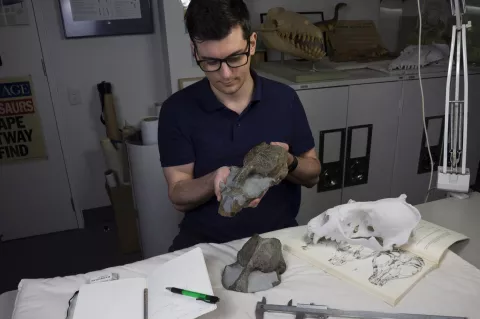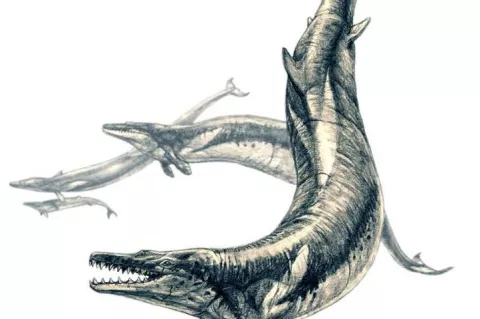Discovery of seal fossils leads to new revelations
The discovery of the extinct monk seal species came about after an international team of biologists examined seven fossil specimens (including a complete skull) found on south Taranaki beaches in New Zealand between 2009 and 2016.
Named Eomonachus belegaerensis, the new species was about 2.5m long and weighed around 200 to 250kg. It is believed to have lived in the waters around New Zealand three million years ago.




